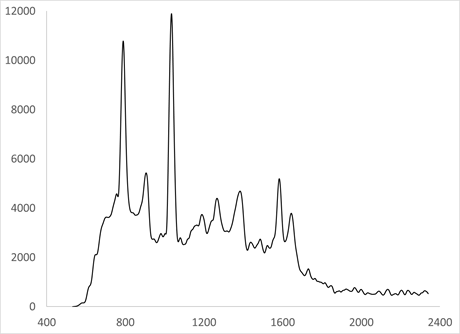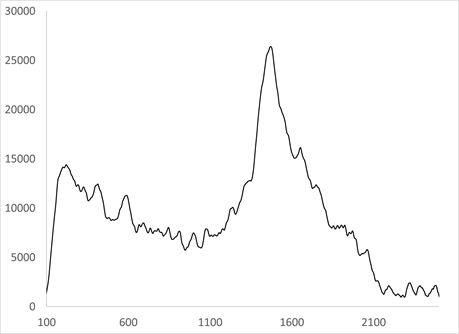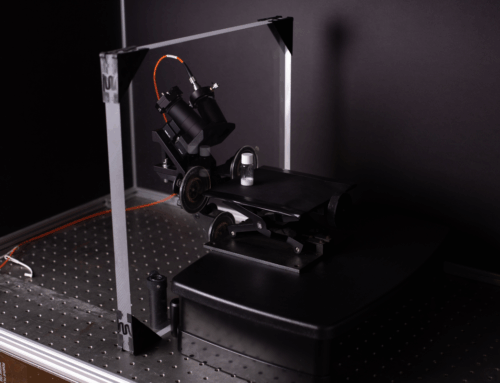After four years of collaboration, IS-Instruments Ltd and its partners have developed Odin™, a groundbreaking deep UV resonant Raman spectrometer. This compact, user-friendly device detects organic substances, such as proteins and enzymes, while providing fluorescence-free measurements. Today, we are proud to share Odin™’s first observations, which open a previously unseen world of chemical analysis.
Advancing Raman Science With Odin™
Deep UV resonant Raman spectroscopy has long been recognised for its power to overcome fluorescence interference in Raman measurements. It is a proven technique for analysing challenging organic materials. When operating below 250 nm, the Raman scattering cross-section for simple molecules is 100 times greater than at 785 nm. Moreover, for specific classes of organic matter, resonance can amplify the signal more than 10,000 times. Consequently, proteins can be routinely observed at concentrations as low as 1 mg/mL, enabling new insight into biological systems.
Simplifying a Complex Technique
Until now, deep UV Raman spectroscopy has remained confined to academic laboratories. Existing commercial systems are large, complex, and require specialised operation. Many use gas-pumped lasers that demand cooling and nitrogen purging. Furthermore, working in the Deep UV requires high spectral resolution and exceptional system stability. As a result, only expert users could operate these instruments effectively.
Dr Michael Foster, Co-Founder and Director at IS-Instruments, explains:
“Deep UV resonant Raman has always shown potential to measure substances beyond the reach of other techniques. However, current systems are large, expensive, and costly to maintain. Odin™ changes that. It is smaller, simpler, and far more affordable, removing barriers to access and use.”
Compact, Capable, and Coolant-Free
Odin™ employs a new 229 nm laser that requires neither cooling nor an external N₂ purge. It integrates ISI’s proven HES spectrometer technology, specifically adapted for operation at this wavelength. Despite its compact footprint – small enough to fit comfortably on a desktop – Odin™ sacrifices no performance. In fact, its design represents an order-of-magnitude size reduction compared with existing systems.
Demonstrating the Difference
To showcase Odin’s power, researchers measured a 0.1 mg/mL solution of tryptophan. They compared results with spectra collected at 785 nm using a state-of-the-art HES instrument. The Odin™ measurement, captured in 30 seconds and averaged over five frames, revealed clear Raman spectra. By contrast, the 785 nm measurement produced only glass container signals and no usable Raman features. At higher concentrations, tryptophan would fluoresce, masking useful spectral information.
Odin™ eliminates that limitation completely.
Dr Will Brooks, Senior Scientist at IS-Instruments, reflects: “This has been an incredibly exciting project. Working with cutting-edge partners, we’ve pushed the limits of Deep UV technology. Odin™ will revolutionise materials characterisation by overcoming fluorescence contamination and weak signal collection. We’re eager to demonstrate its advantages across industries — from biopharma and monoclonal antibodies to advanced defence materials.”
Looking Ahead
Odin™ represents a significant leap forward in deep UV Raman spectroscopy – compact, practical, and precise.
Therefore, it stands ready to transform how scientists measure, understand, and innovate with complex organic materials. Read more about how our deep UV Raman spectrometer’s potential for biologics analysis.








